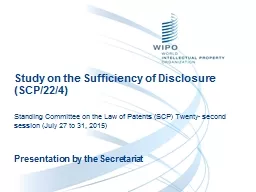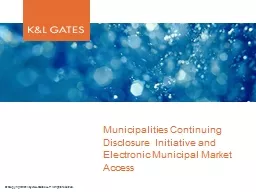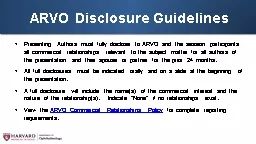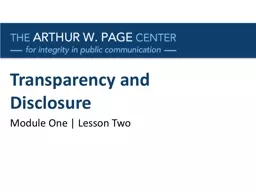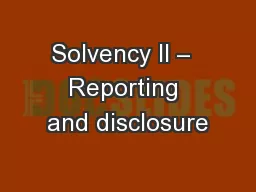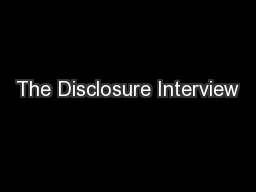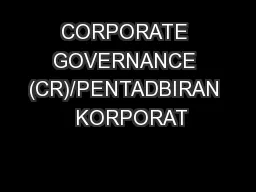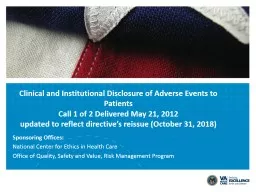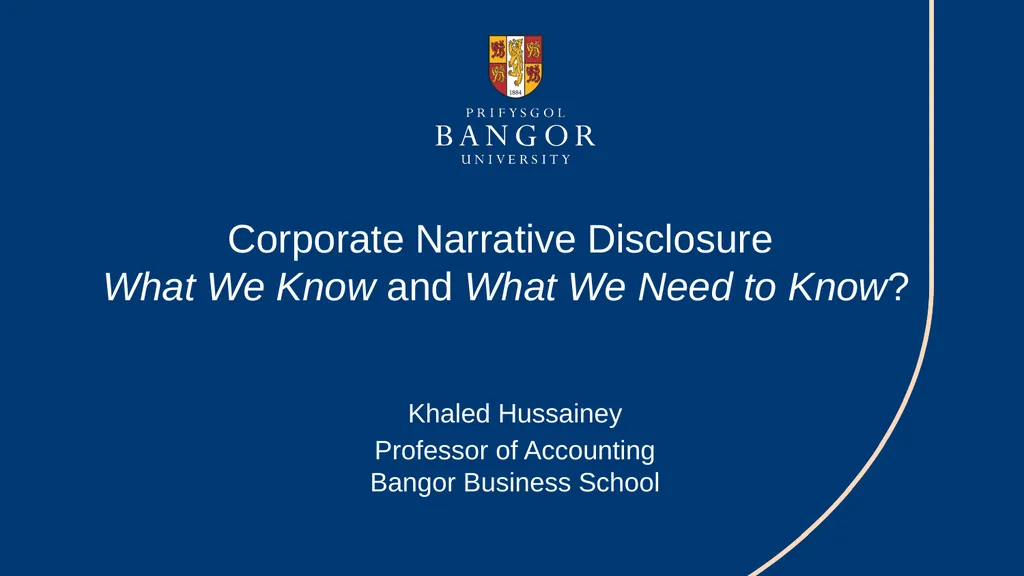
Author : natalia-silvester | Published Date : 2025-06-23
Description: Khaled Hussainey Corporate Narrative Disclosure What We Know and What We Need to Know? Professor of Accounting Bangor Business School What do we mean by disclosure? - Disclosure refers to information made available by insiders (managers)Download Presentation The PPT/PDF document "" is the property of its rightful owner. Permission is granted to download and print the materials on this website for personal, non-commercial use only, and to display it on your personal computer provided you do not modify the materials and that you retain all copyright notices contained in the materials. By downloading content from our website, you accept the terms of this agreement.
Here is the link to download the presentation.
"Khaled Hussainey Corporate Narrative Disclosure"The content belongs to its owner. You may download and print it for personal use, without modification, and keep all copyright notices. By downloading, you agree to these terms.

